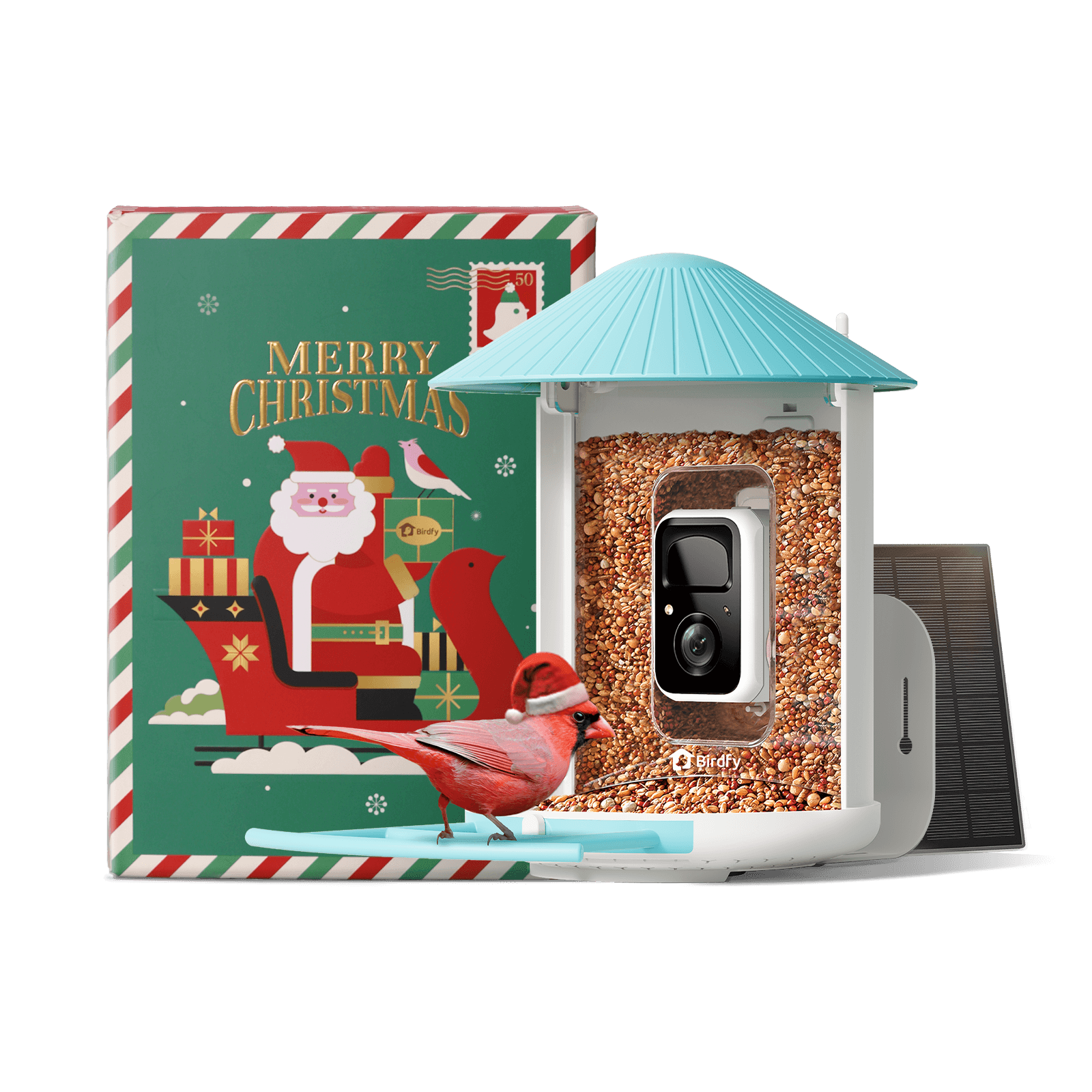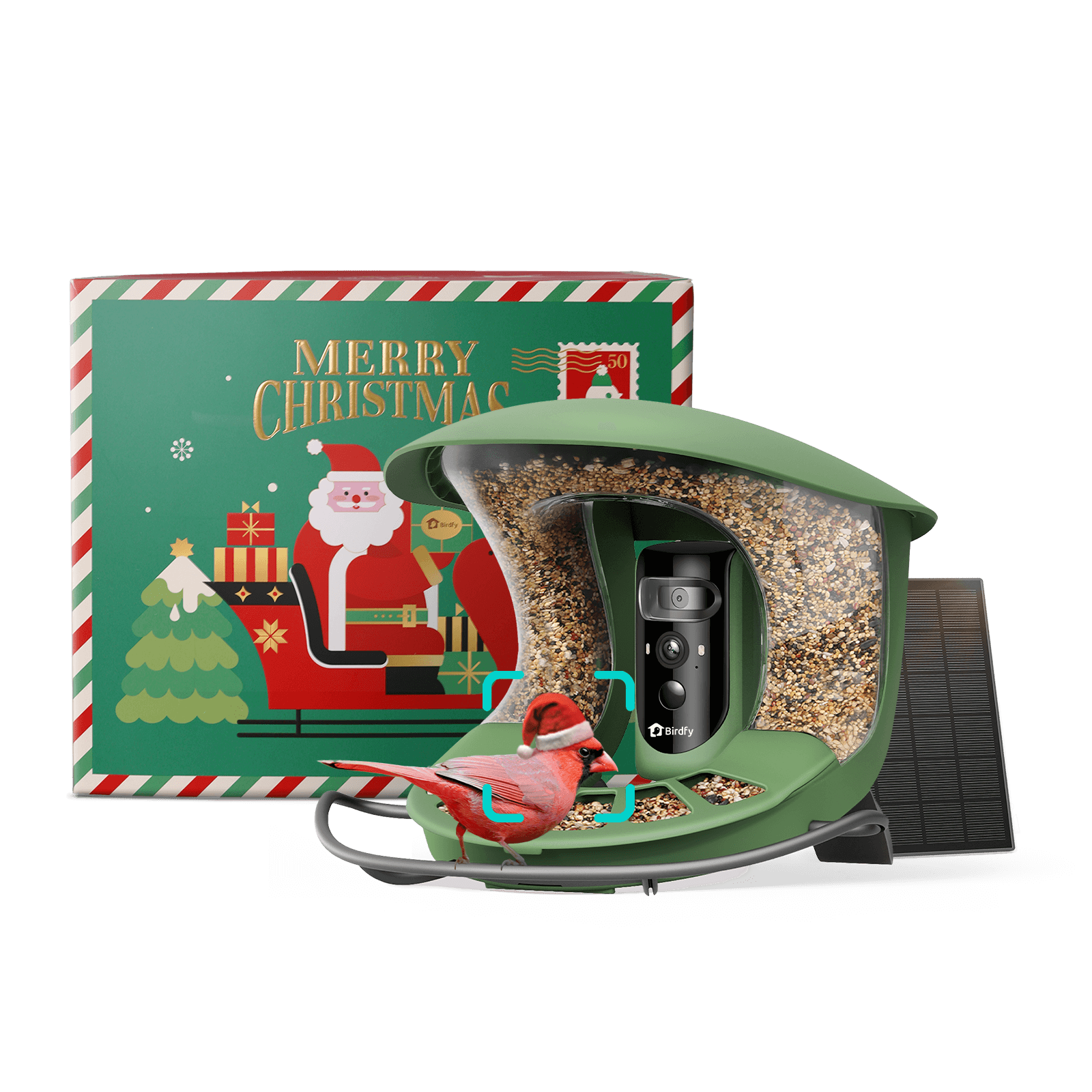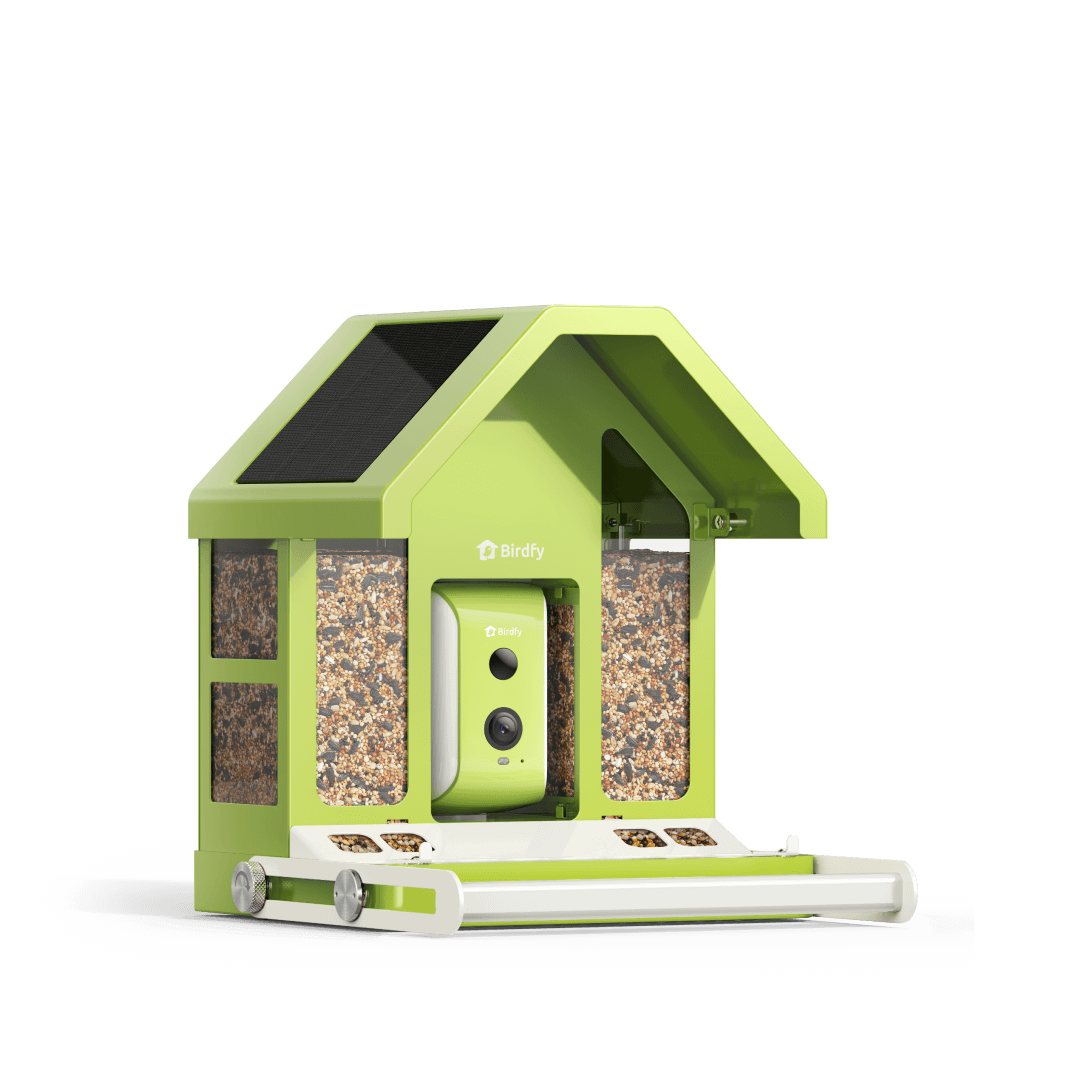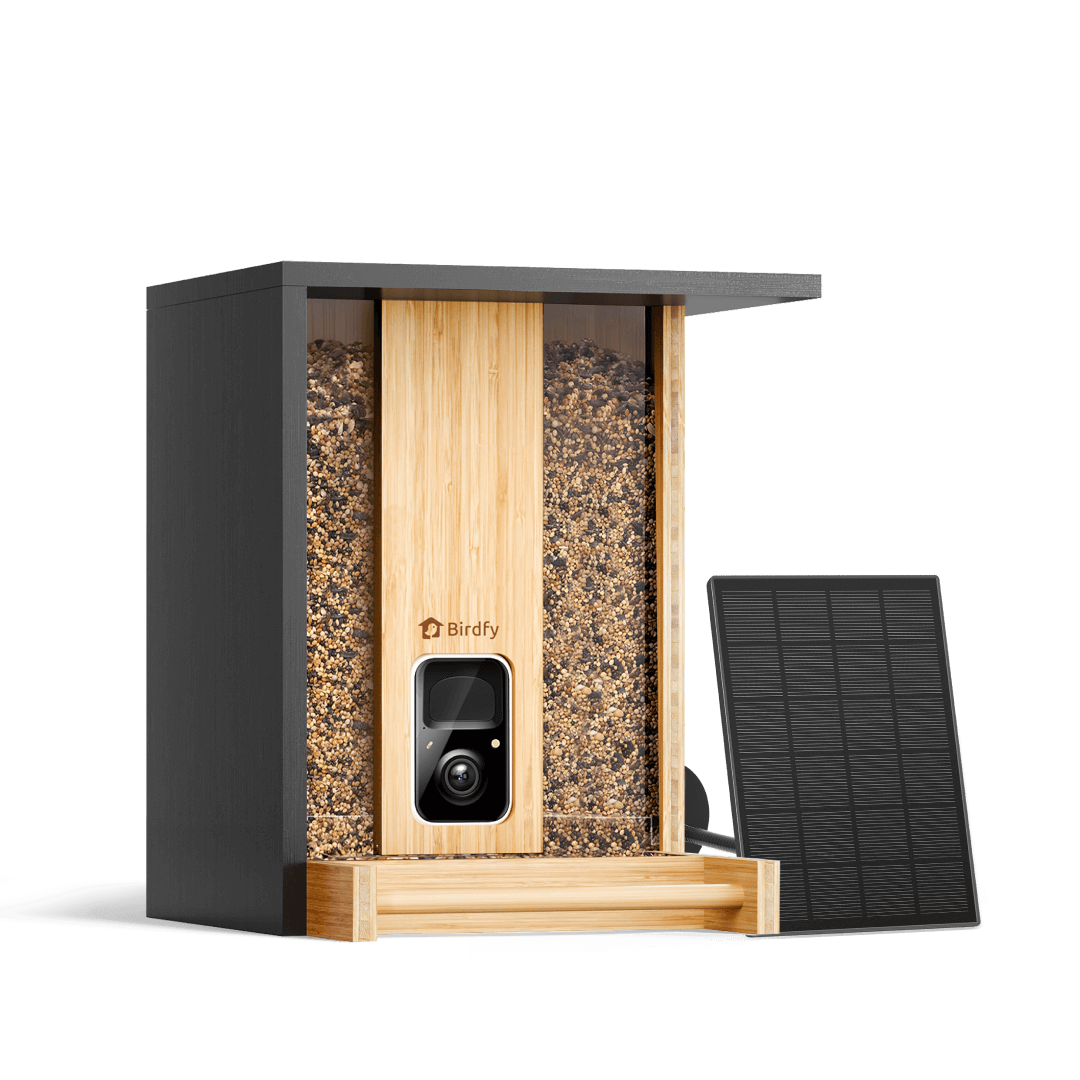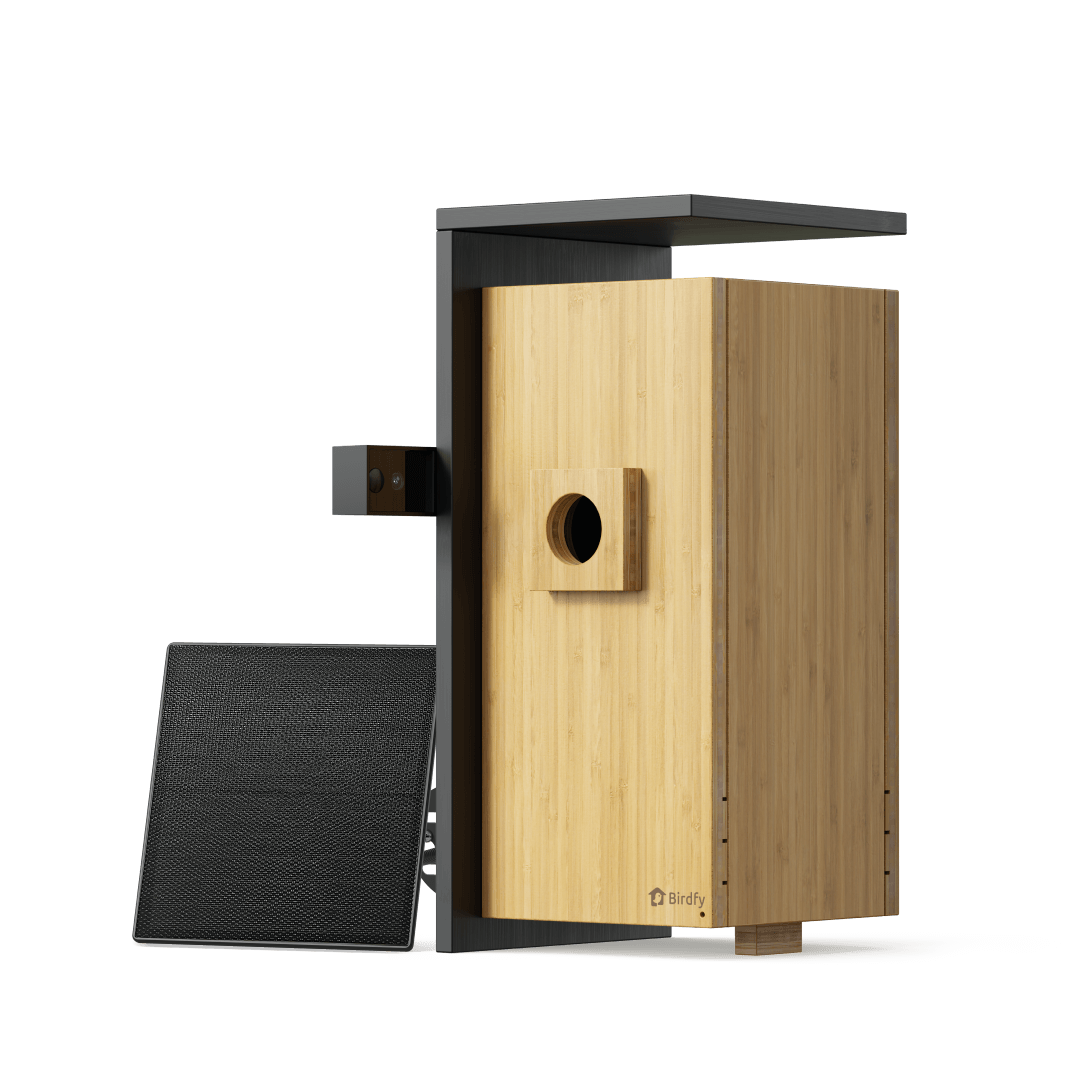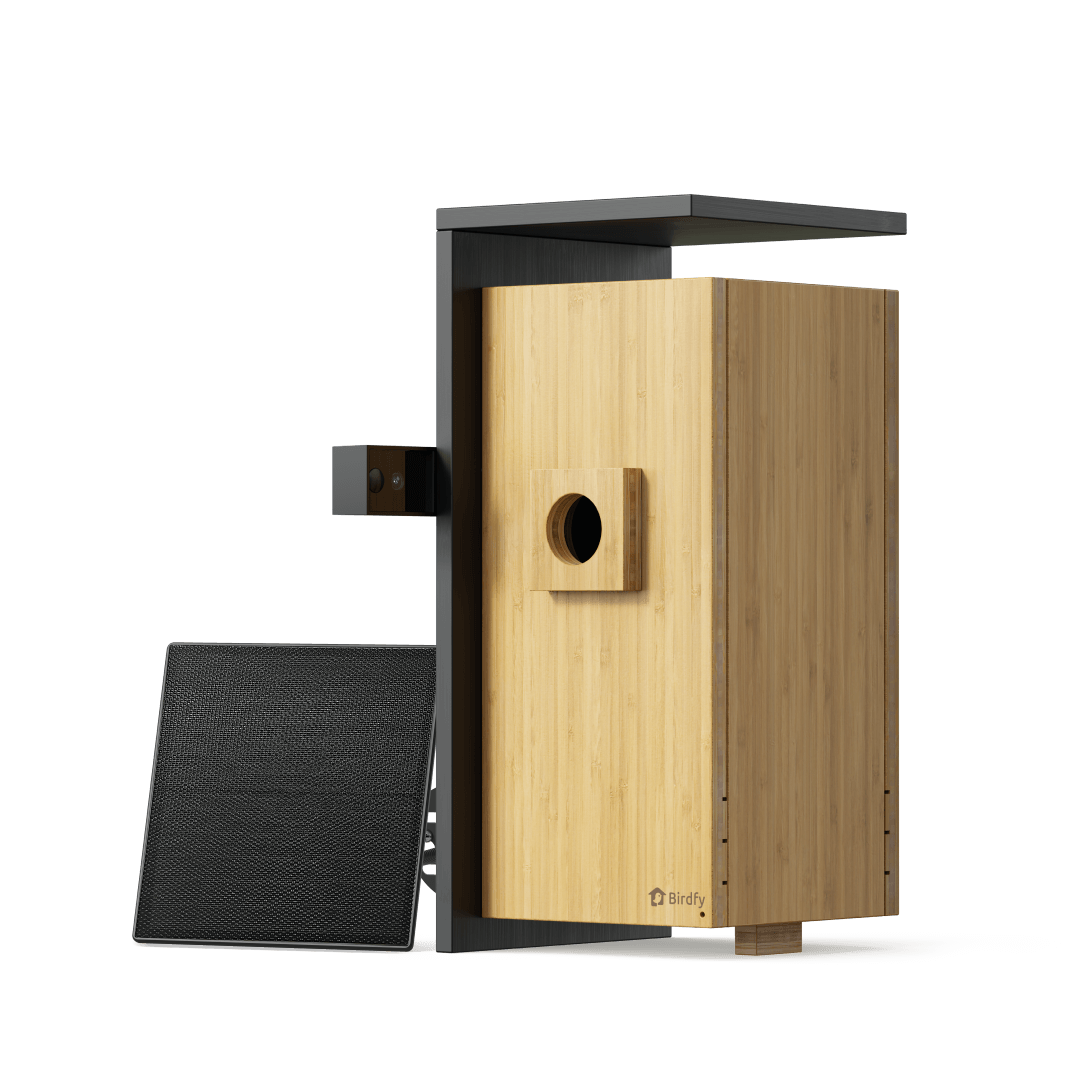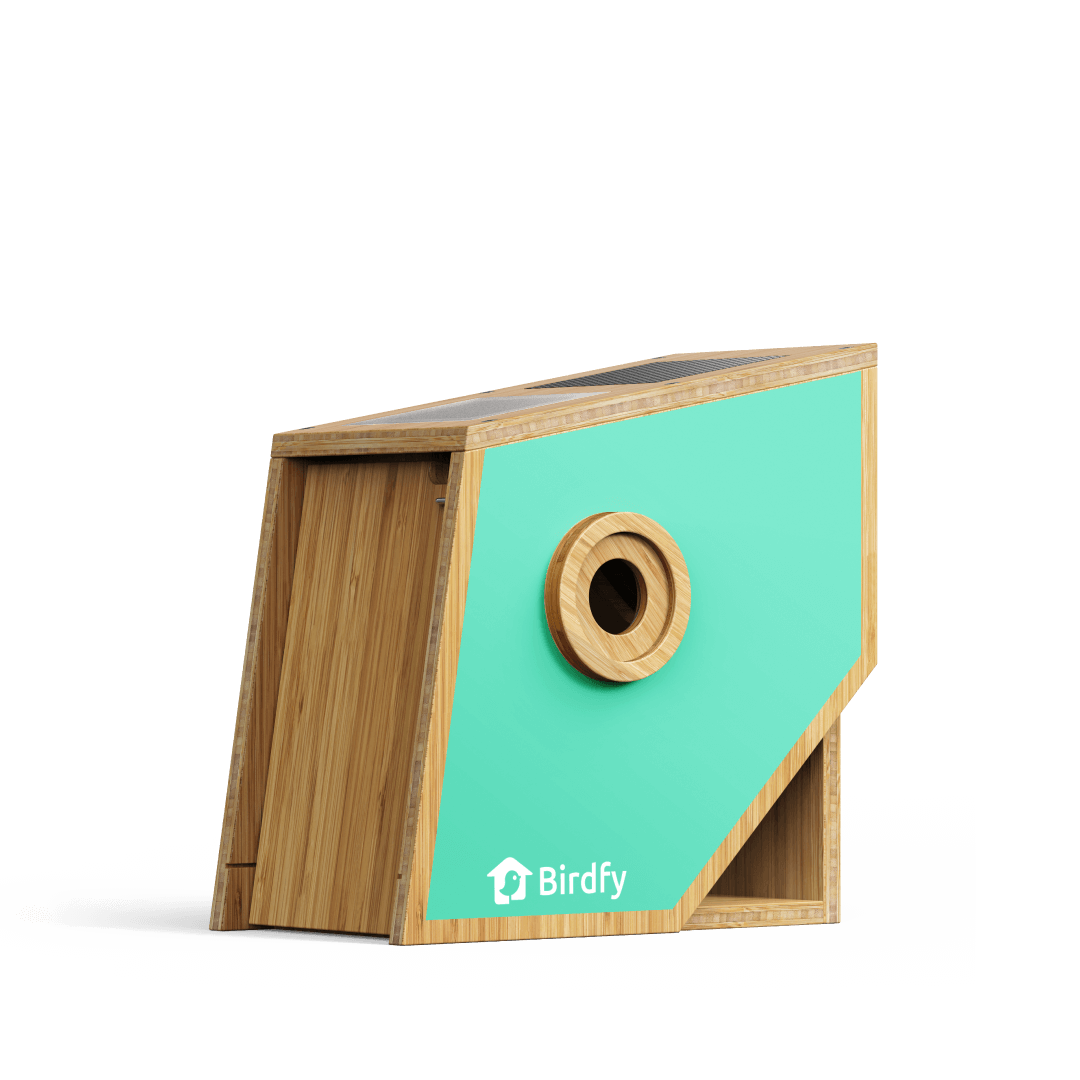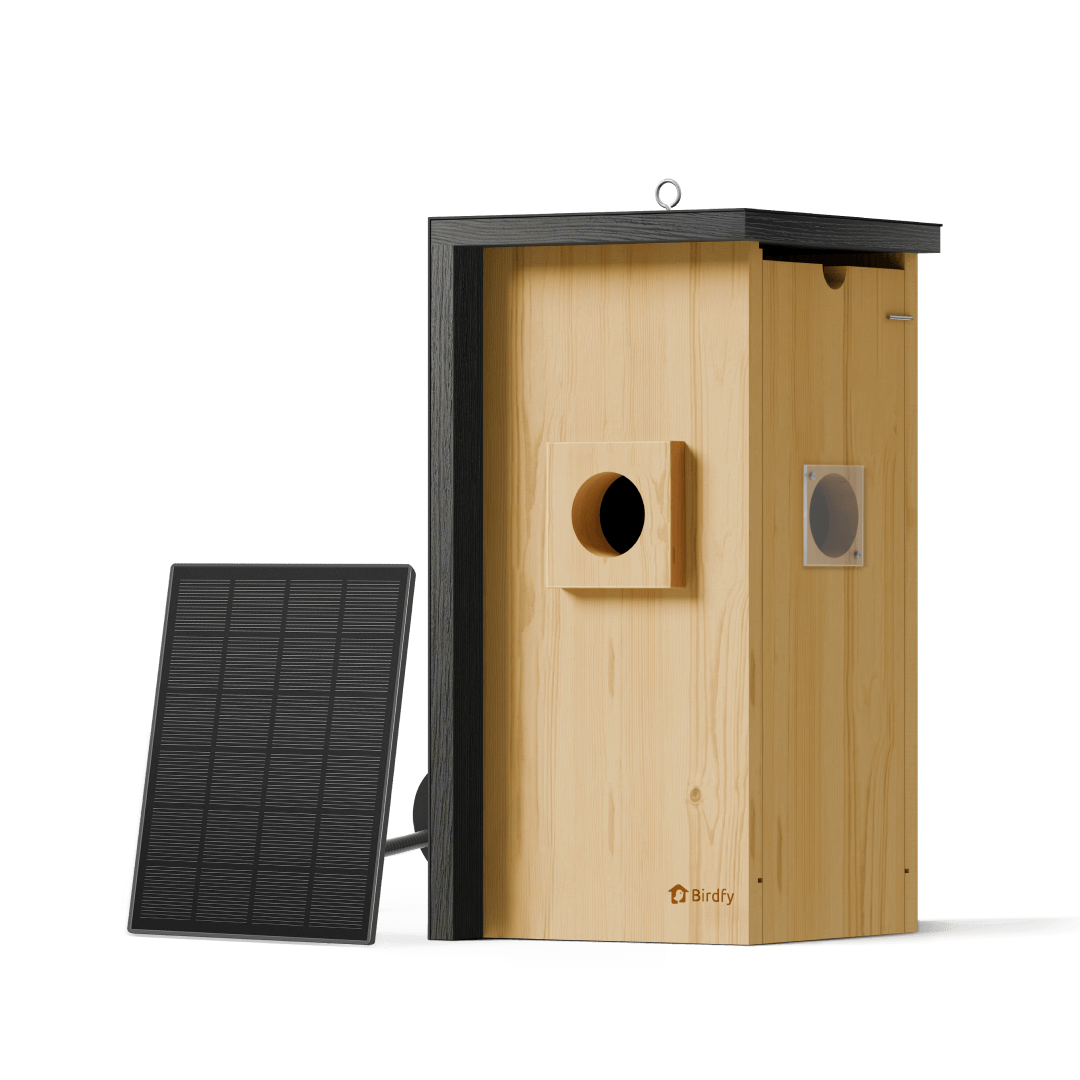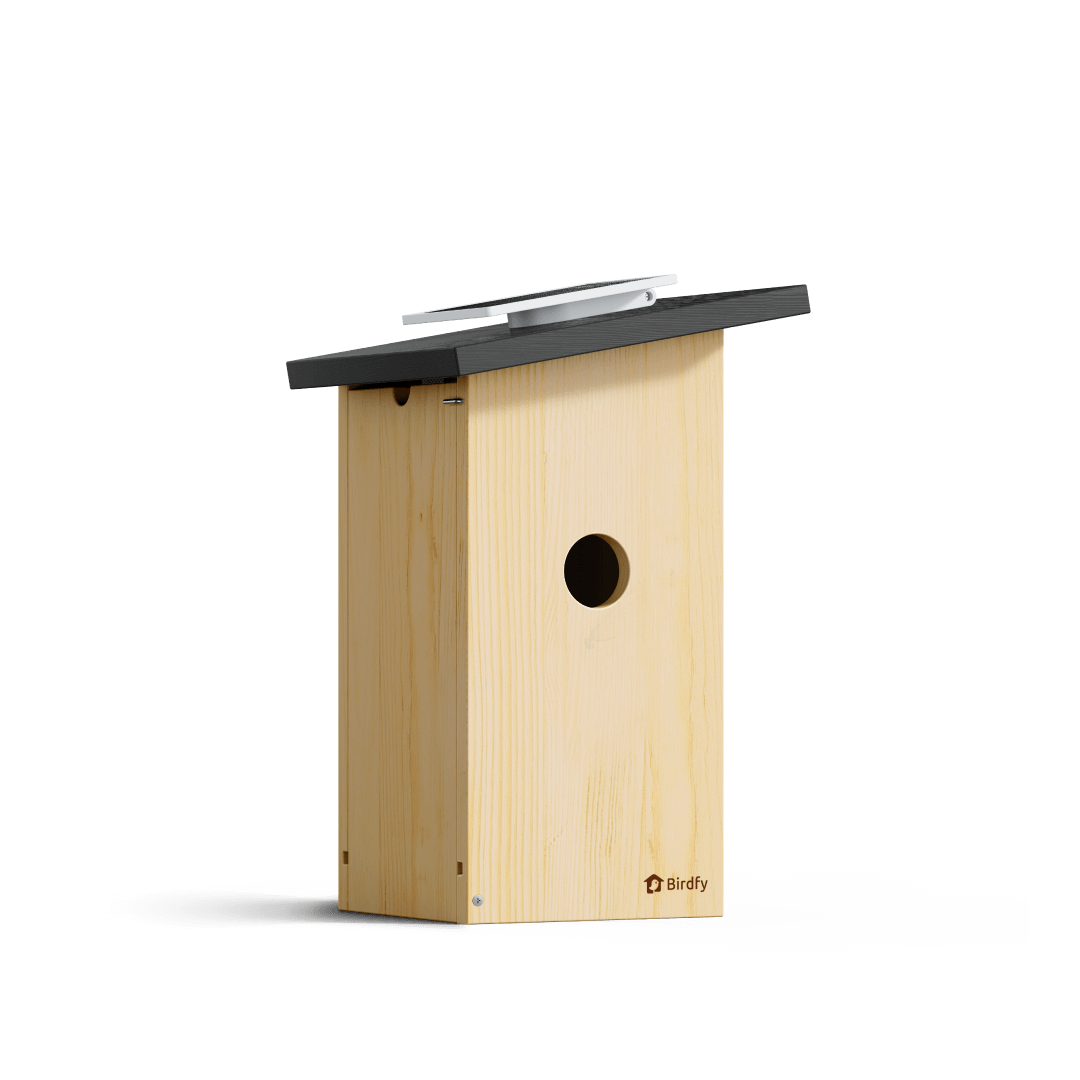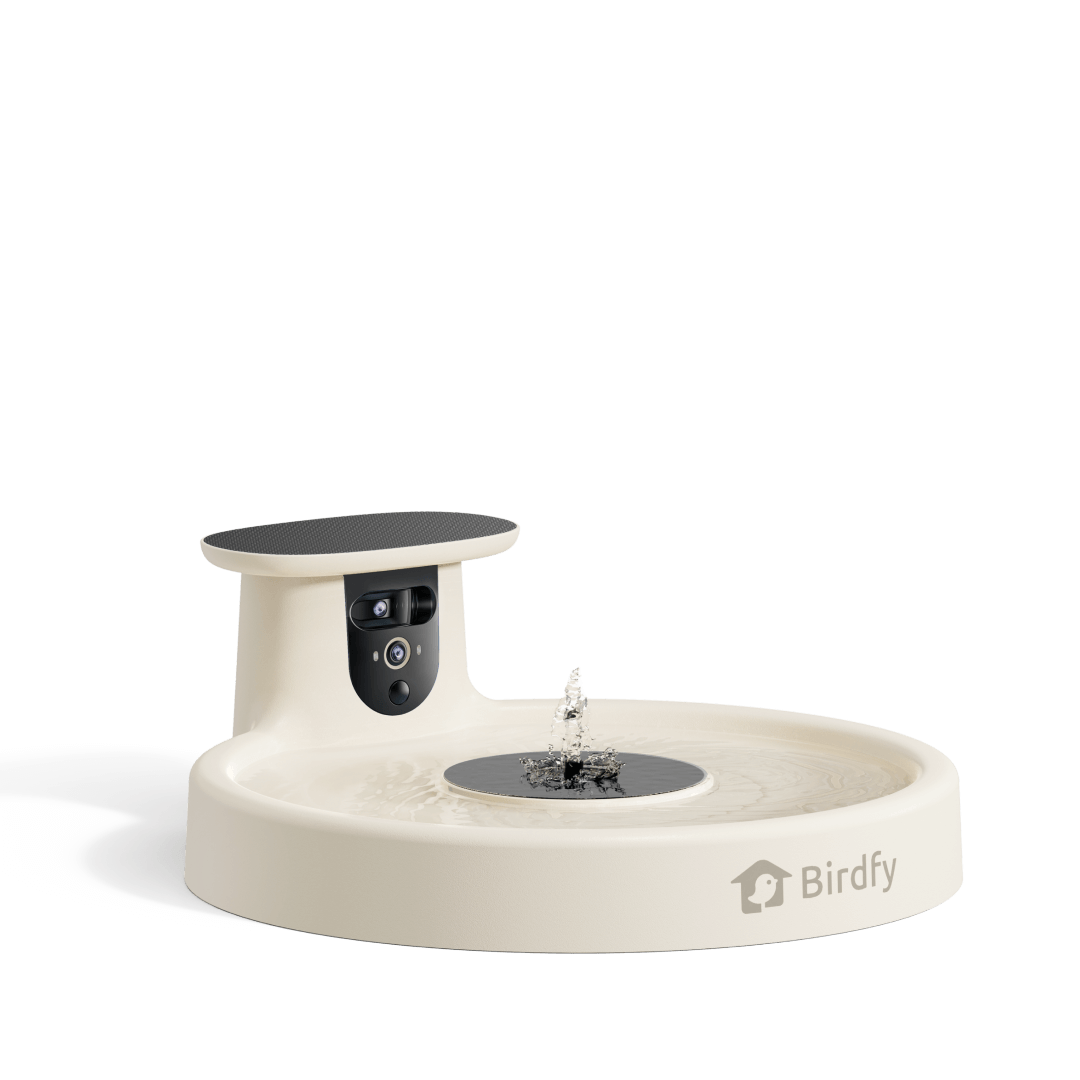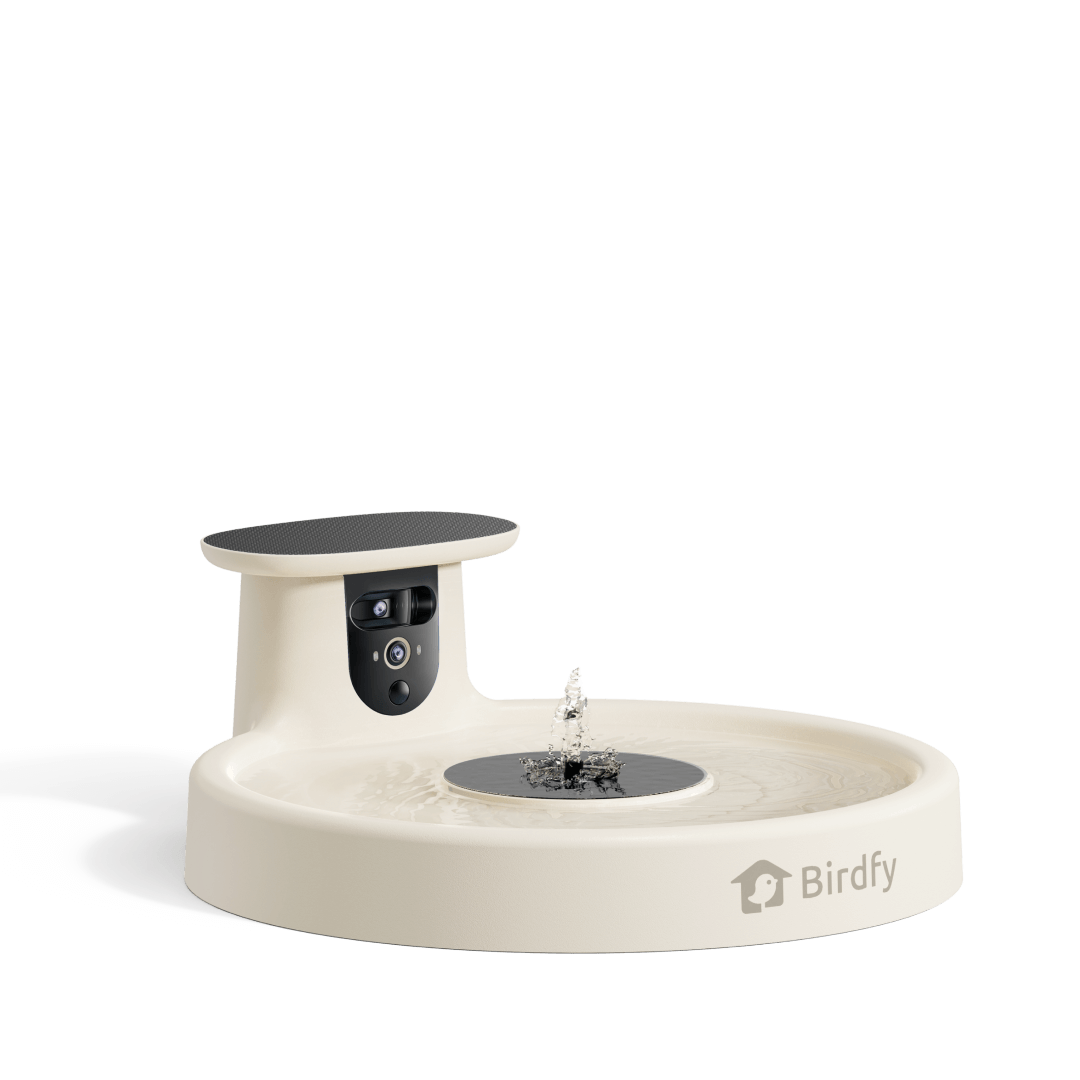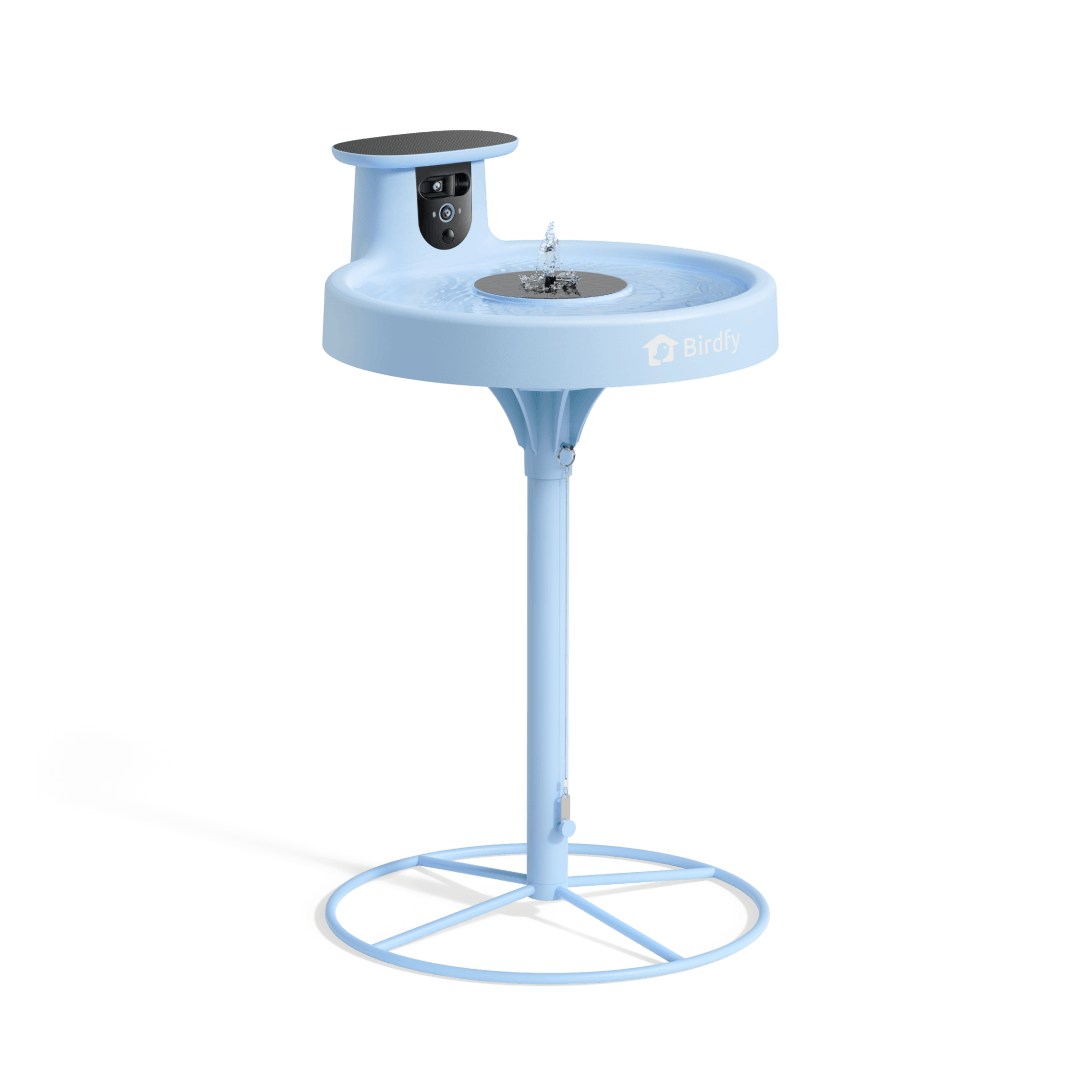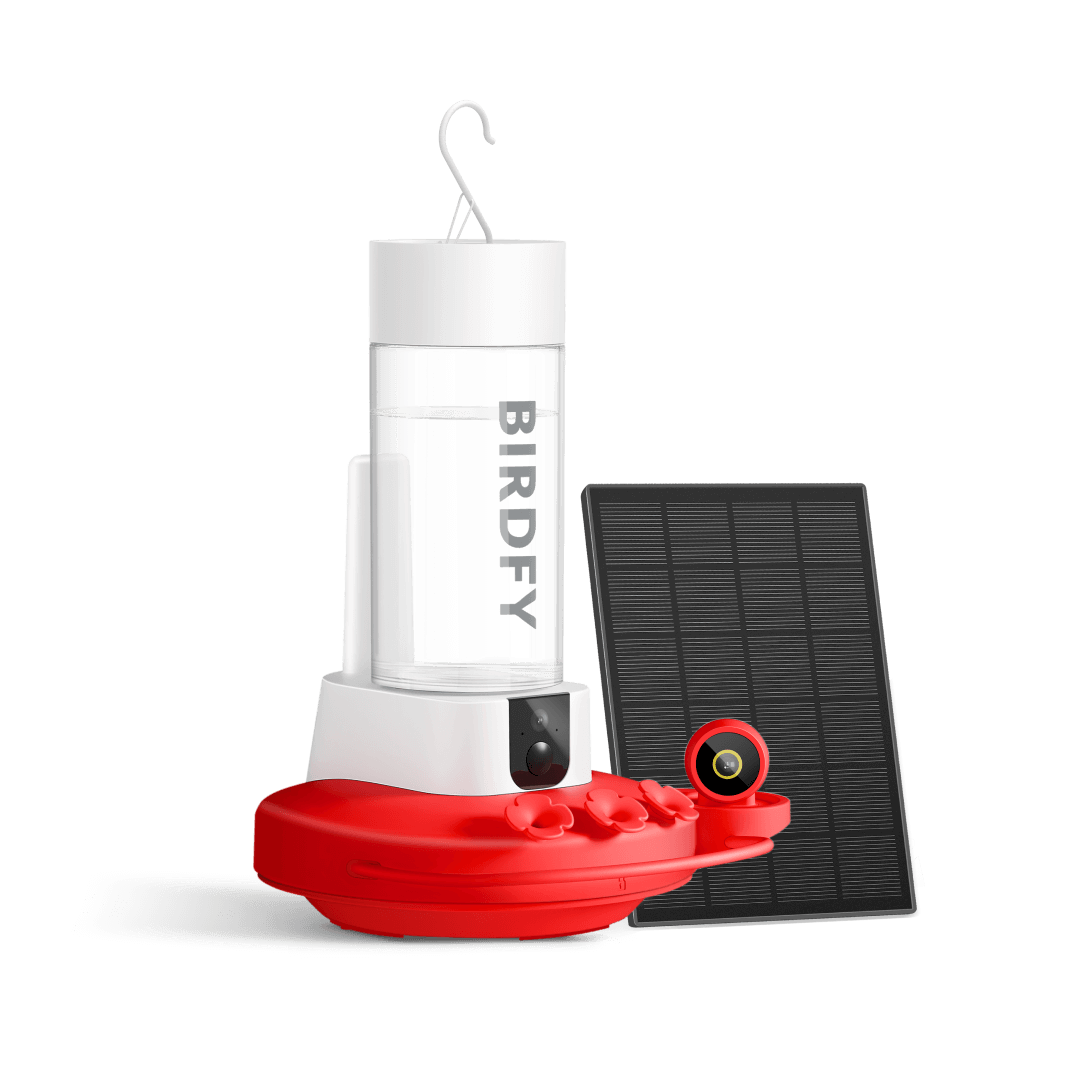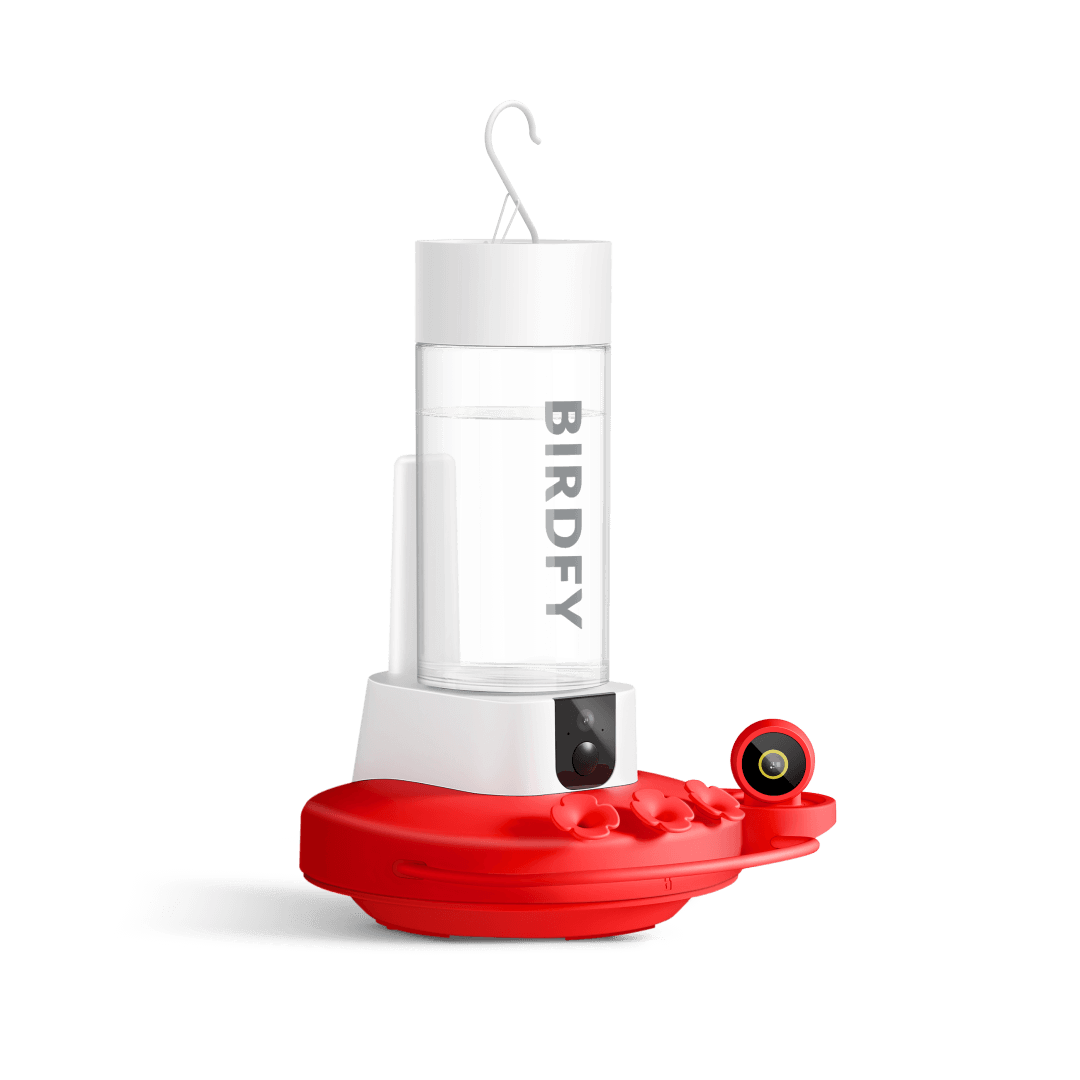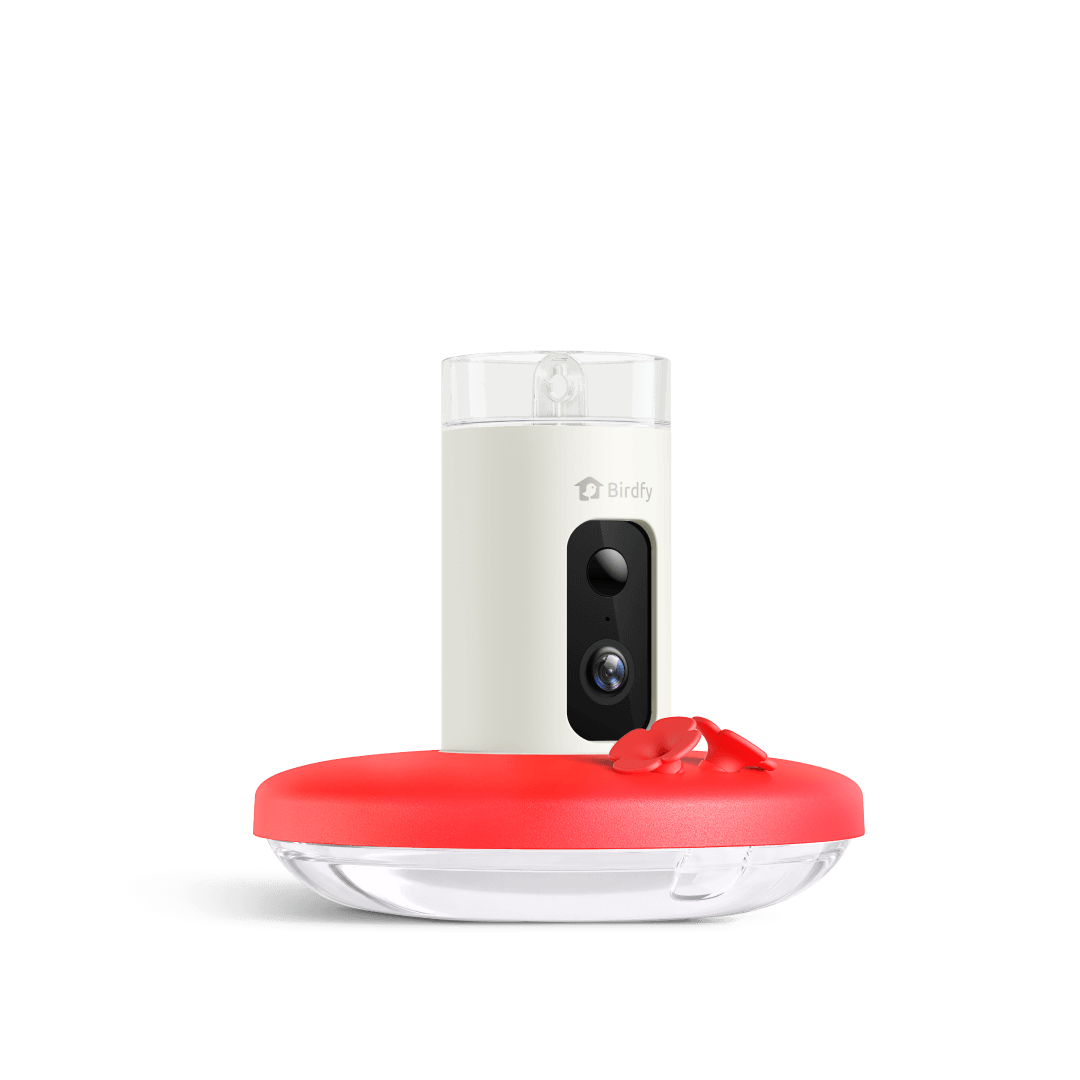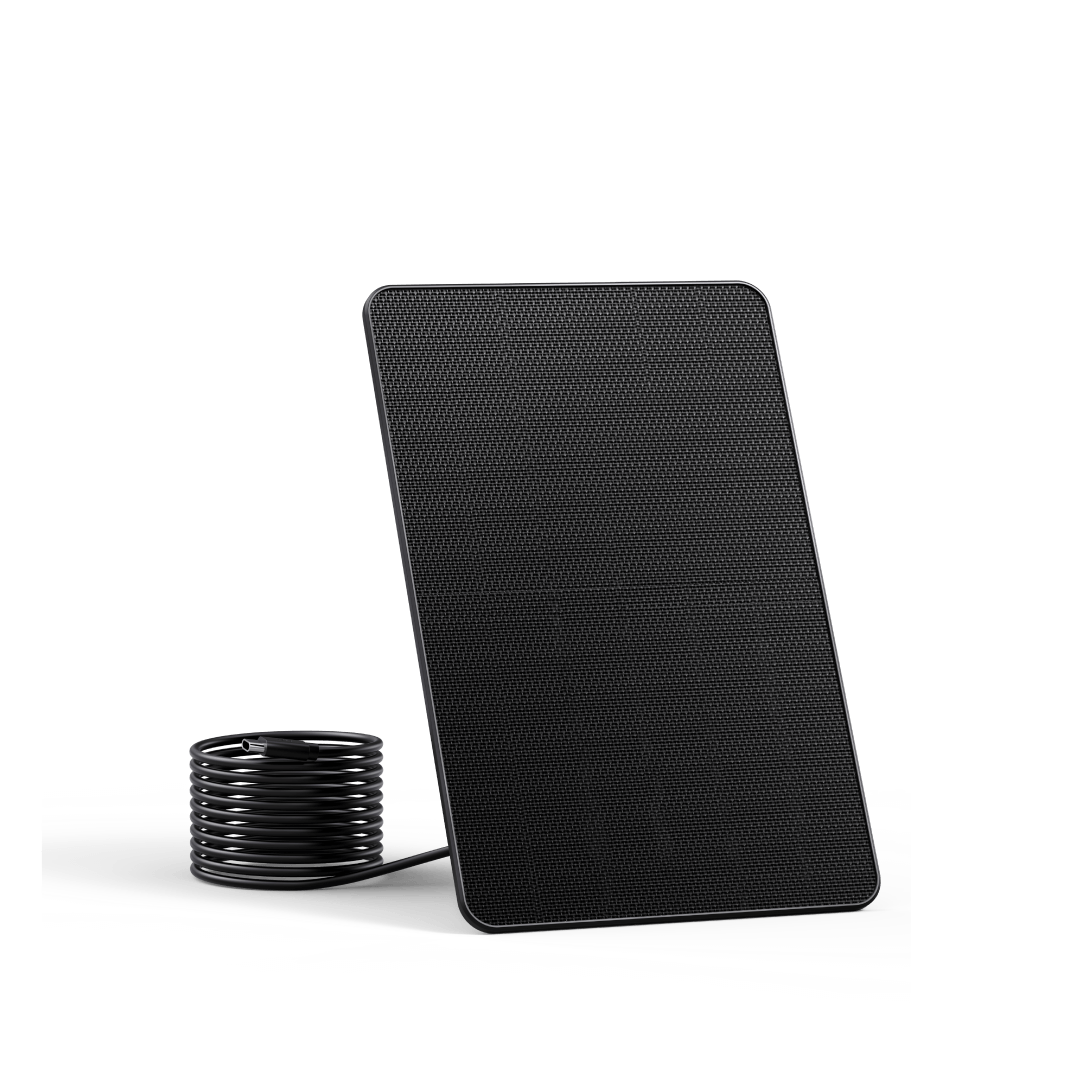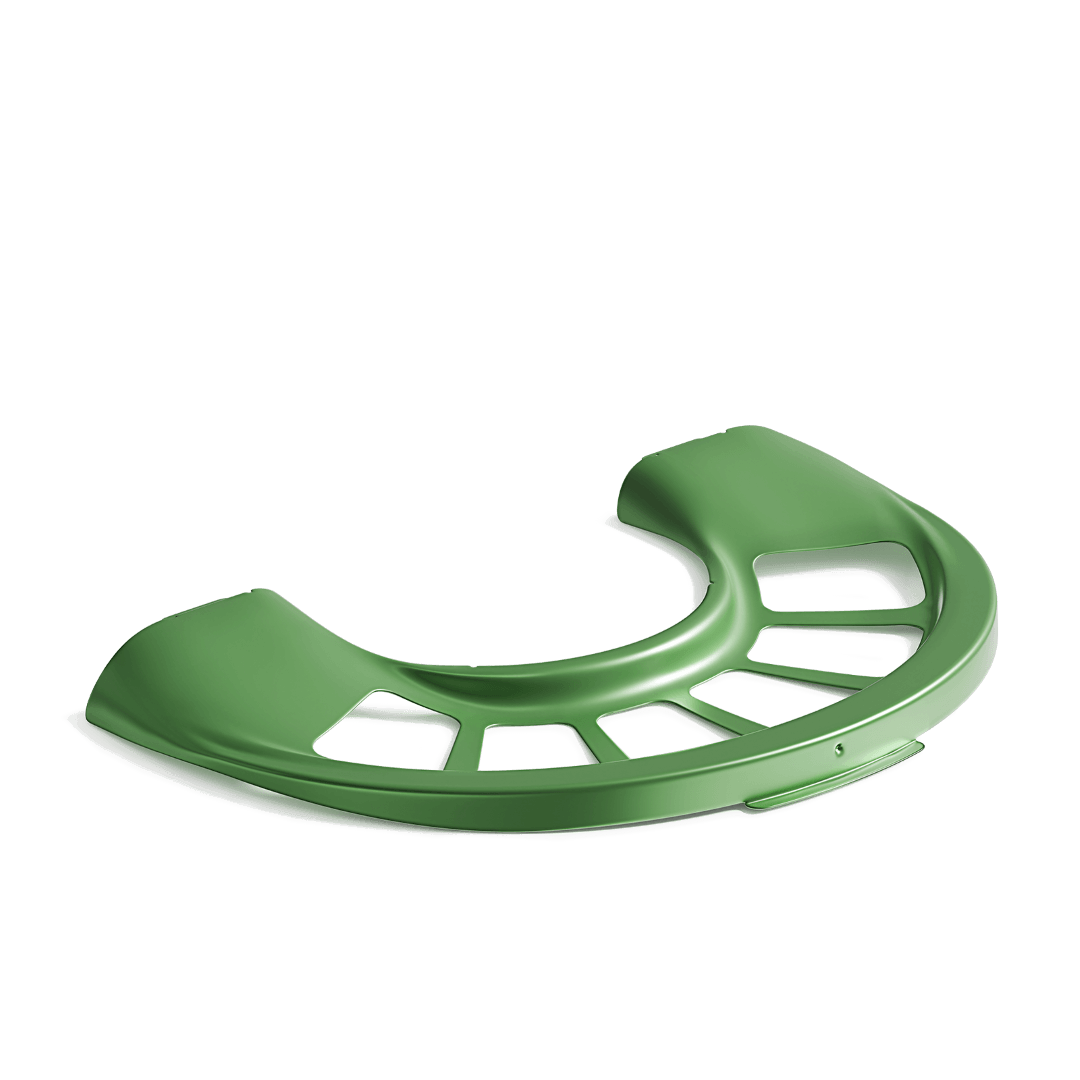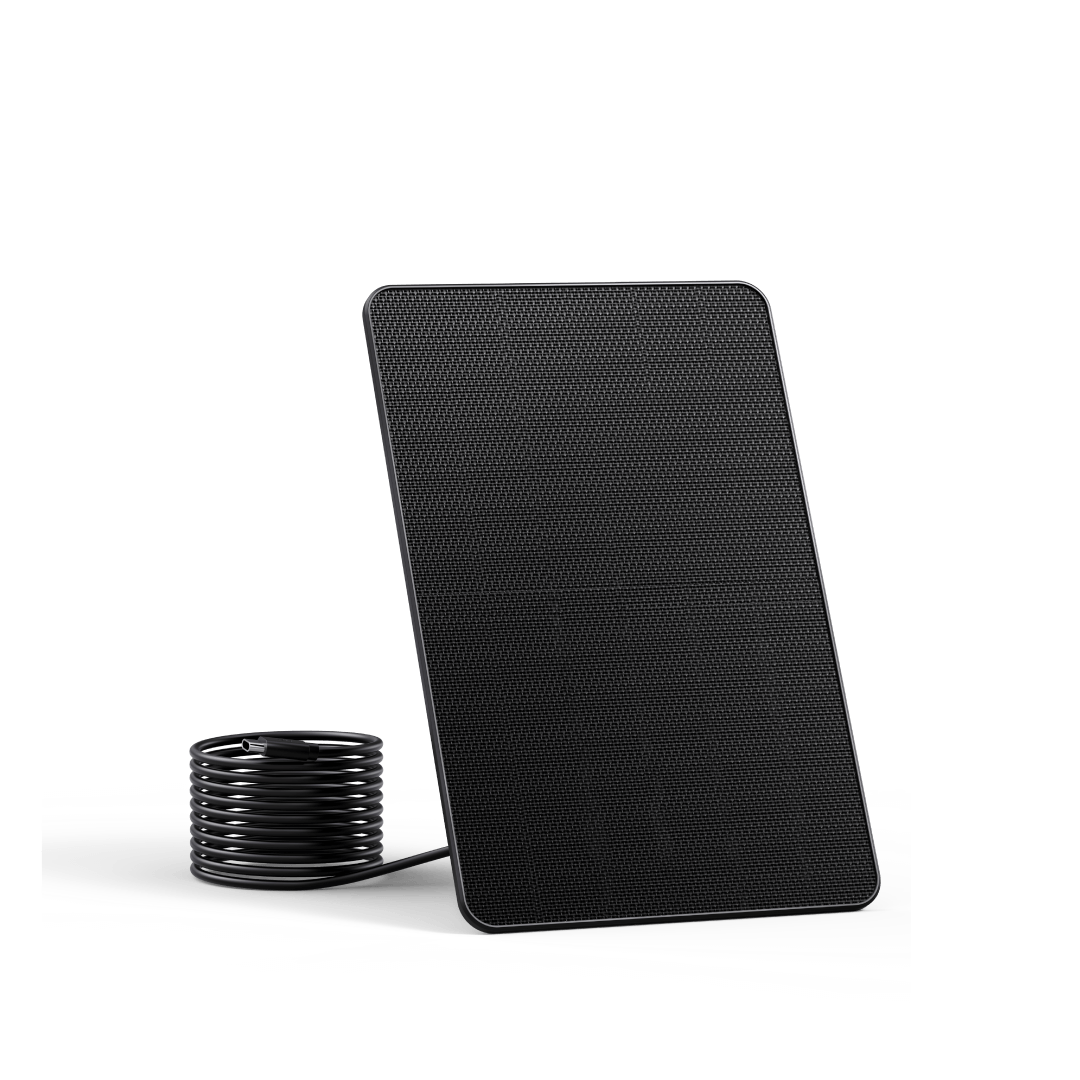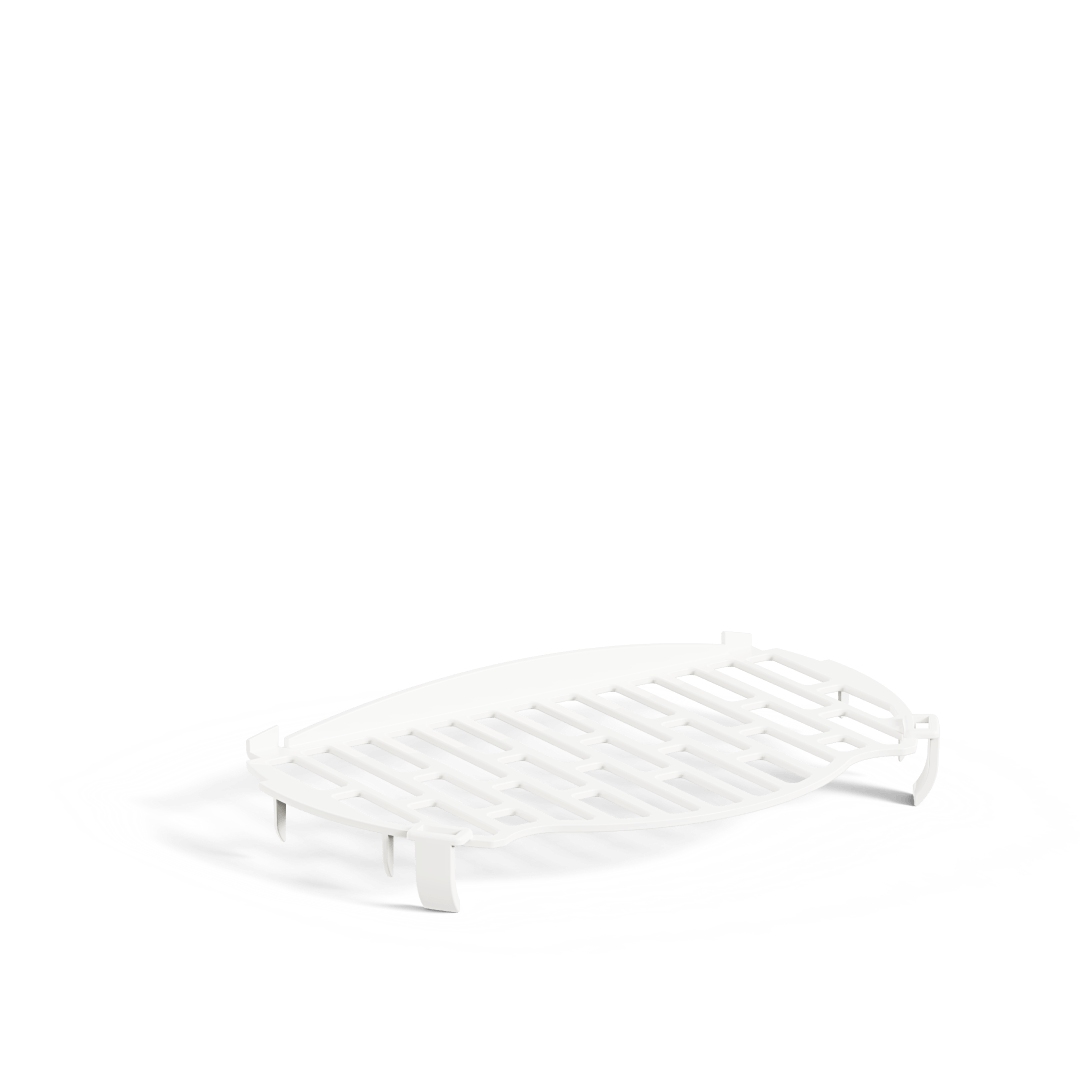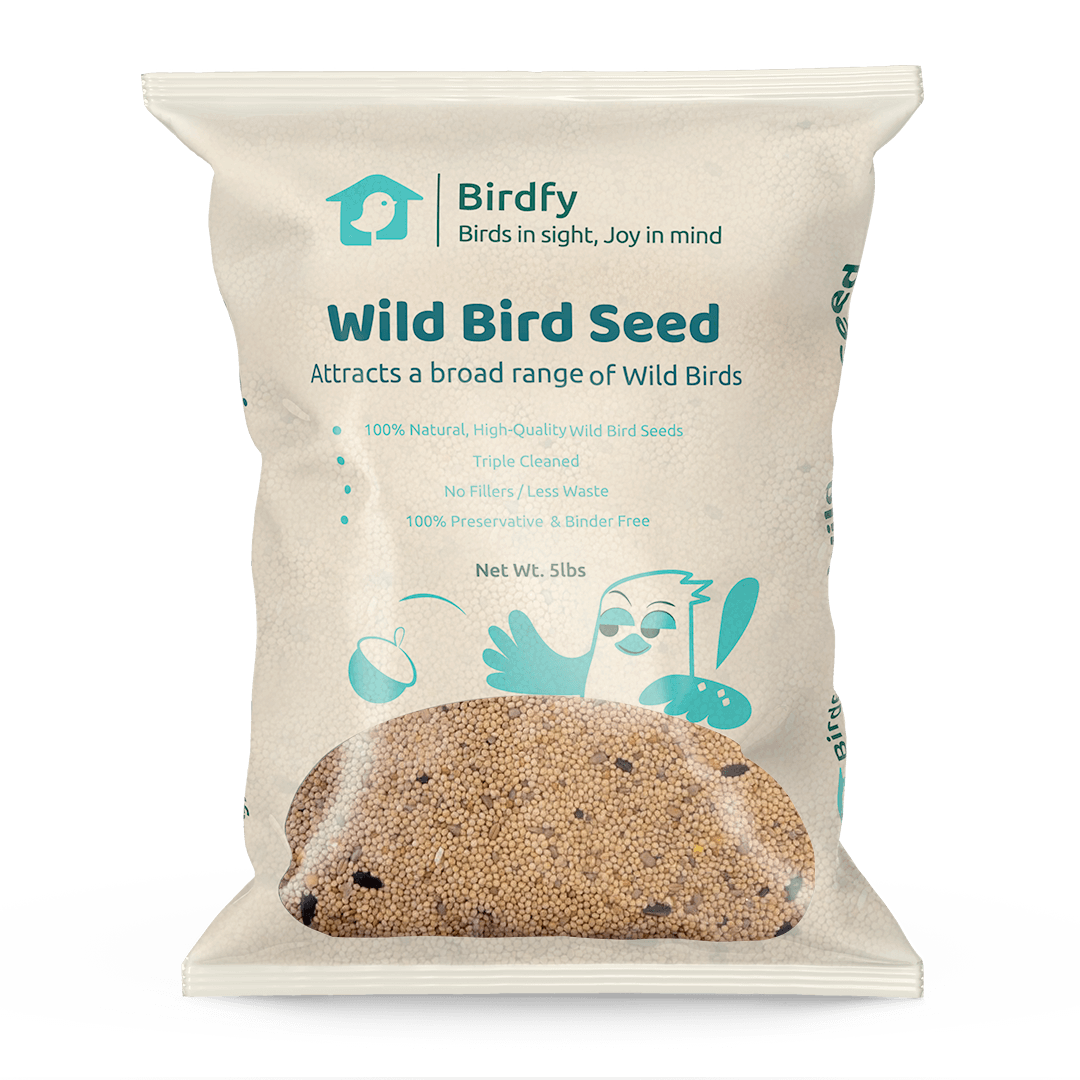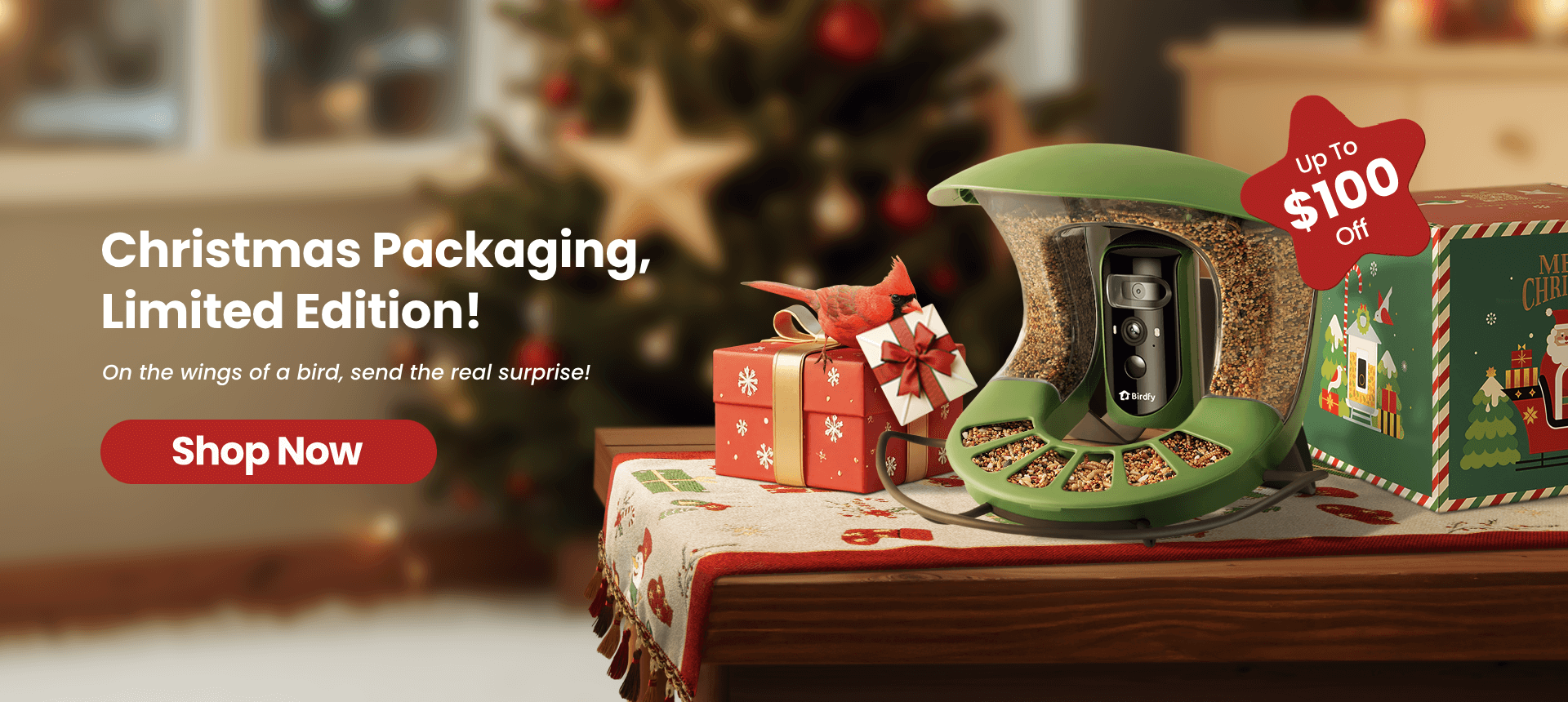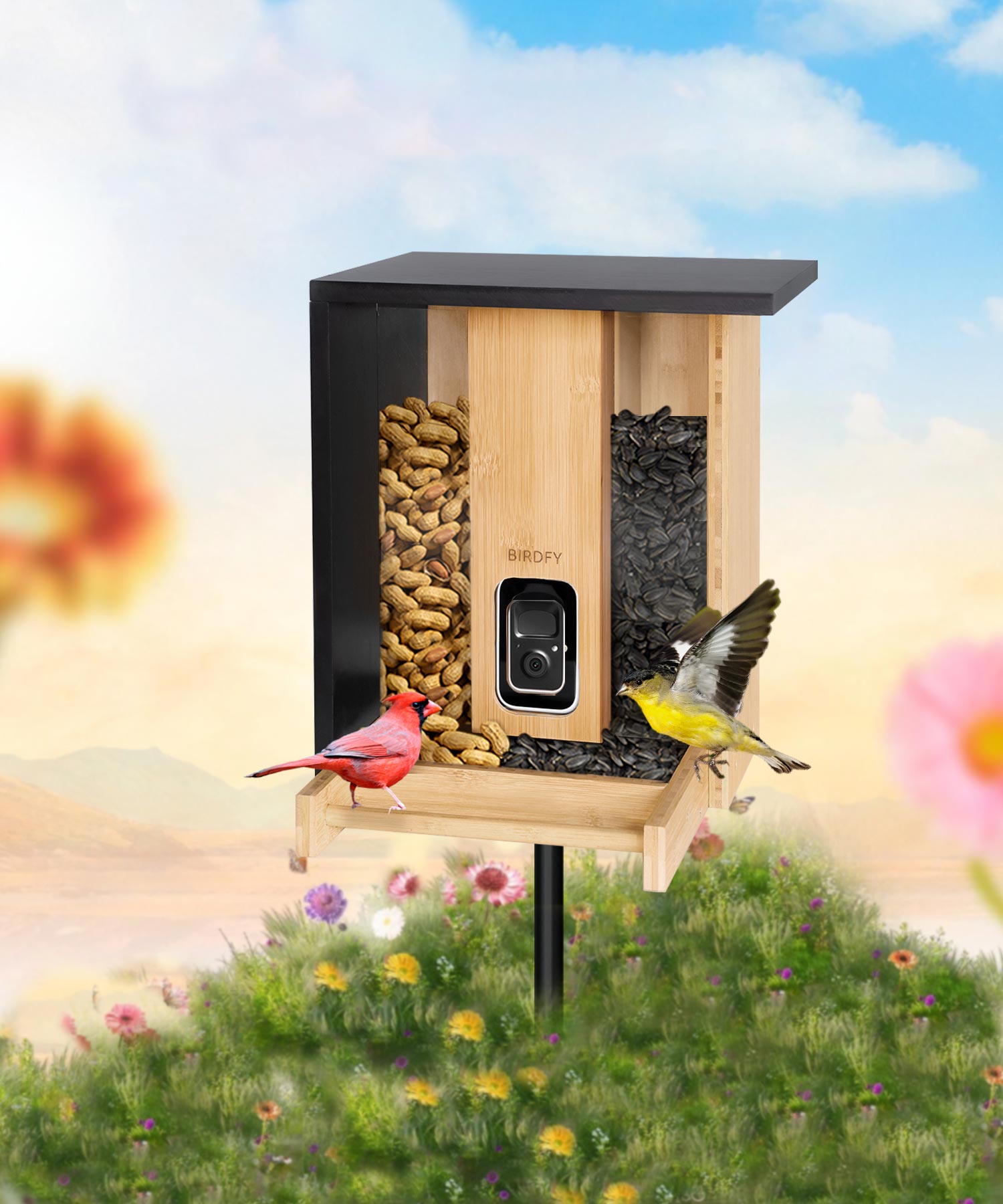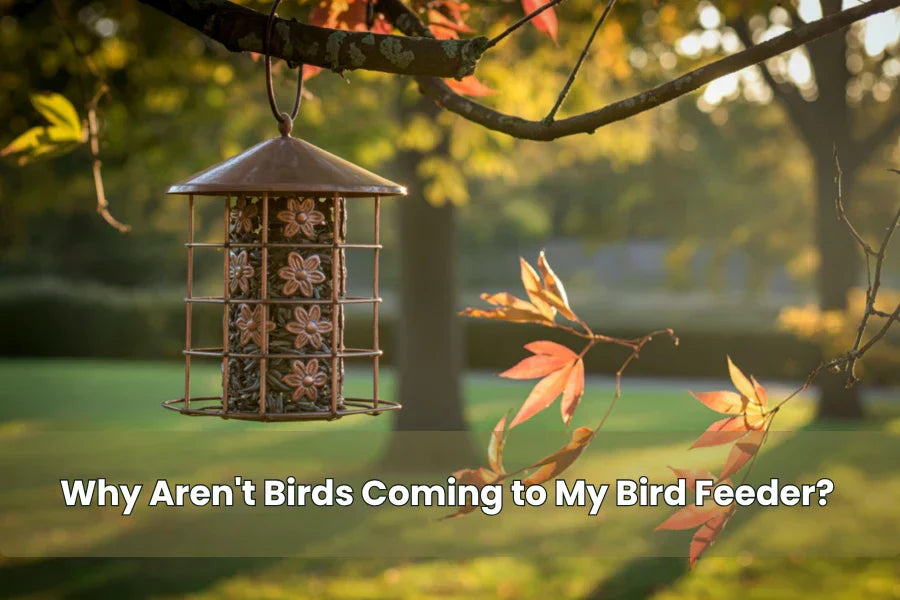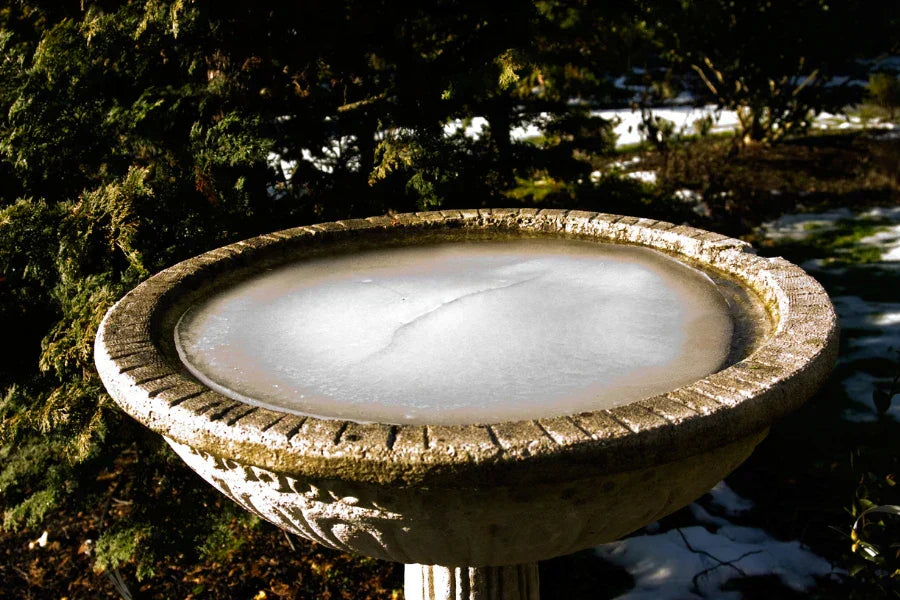Best Wood for Birdhouses: Which Material Is Right for You?
When it comes to building or buying a birdhouse, the type of wood you choose matters more than you might think. The right birdhouse wood not only affects how well the birdhouse weathers the seasons but also impacts the safety, comfort, and longevity of your feathered guests’ home.
Cedar, Mahogany, Pine, Bamboo, Cypress, and even recycled woods each have their own strengths and weaknesses. Some offer excellent durability, while others are more eco-friendly or budget-friendly.
In this guide, we’ll compare the most popular birdhouse woods, breaking down their pros and cons to help you decide which one fits your yard, your climate, and your birding goals best.

Popular Birdhouse Wood Comparison
There are many types of birdhouses. Choosing the right wood for a birdhouse involves weighing various factors like cost, aesthetics, and durability. Understanding the pros and cons of different wood types can help you make an informed decision that suits your needs and preferences.
Cedar
Cedar is widely regarded as one of the best woods for birdhouses. Rich in natural protective oils, it resists rot, dampness, and insect infestation, making it exceptionally durable for outdoor use. Cedar birdhouses require minimal maintenance and no chemical treatments, lasting for many years while ensuring the safety of birds and their young.
Beyond its durability, cedar offers excellent thermal insulation. It helps regulate the interior temperature of the aviary, keeping it cool in summer and warm in winter.
However, cedar does present some drawbacks. It is generally more expensive than pine or bamboo, and its softer texture makes it more susceptible to dents or scratches. In certain regions, high-quality cedar can also be harder to source.
Regardless, suppose you seek a material that is durable, low-maintenance, safe for birds, and resilient against all weather conditions. In that case, cedar remains one of the most reliable and aesthetically pleasing choices for birdhouses.

✅PROS
- Natural resistance to decay
- Excellent insulating properties
- Rich color and natural grain patterns
- Lightweight
❌CONS
- Cost: Cedar tends to be more expensive than other common woods, which may not fit every budget.
- Softness: While the softness of cedar can be an advantage for easy cutting and shaping, it also makes it more susceptible to damage from sharp objects or aggressive birds.
- Availability: In some regions, high-quality cedar may be harder to find compared to more common woods.
Mahogany
Mahogany is a premium hardwood renowned for its beautiful reddish-brown hue and exceptional durability. Its refined and elegant appearance adds a touch of sophistication to any garden.
With its sturdy texture resistant to warping or damage from weather changes, coupled with excellent workability, mahogany ranks among the best materials for DIY birdhouses.
As a protected plant species, mahogany wood faces strict trade regulations due to its rarity and is typically reserved for high-end furniture craftsmanship. Did you know? The mahogany tree is the national tree of both the Dominican Republic and Belize.
The primary drawback of mahogany is its high cost. Beyond that, its noticeable color variation and less defined grain patterns make it unsuitable for large-scale applications, though it excels as an accent material for decorative accents.

✅PROS
- Highly durable and resistant to weathering
- Beautiful appearance that ages well
- Natural resistance to insects
❌CONS
- Expensive compared to other woods
- Heavier, which may complicate mounting
- May not be readily available in all areas
- Significant color variation, with indistinct grain patterns.
Pine
Pine wood is relatively inexpensive, features a light color, and has a soft texture that makes it easy to work with. It is one of the most common woods used for birdhouses and is popular among casual birders and DIY enthusiasts. Pine is lightweight, making it ideal for birders who prefer to hang their birdhouses.
Functionally, pine offers moderate durability. While its weather resistance falls short of cedar or mahogany, it performs well when properly sealed or painted.
However, due to its soft texture, pine may warp and crack over time. It also readily absorbs water and discolors, especially in areas with intense sun exposure and rainfall. Once faded, a pine birdhouse loses its aesthetic appeal.

✅PROS
- Inexpensive and easy to find
- Easy to work with for beginners
- Good decorative wooden bird houses that accept paint and stains well
❌CONS
- Prone to rot and insect damage unless treated
- Poor insulation compared to cedar
- Can warp or crack over time
Bamboo
Bamboo is one of the fastest-growing plants in the world and an excellent renewable resource, making it an eco-friendly alternative to traditional wood. As environmental awareness grows, bamboo has become an increasingly popular material for birdhouses.
Bamboo birdhouses feature the natural grain and texture of bamboo, with an elegant, understated color palette that evokes a sense of returning to nature, adding a touch of freshness to your backyard. Moreover, bamboo absorbs ultraviolet rays, benefiting the eyes.
In terms of durability, bamboo is naturally resistant to warping, cracking, and insect damage, though it is not as weather-resistant as cedar or mahogany. Therefore, moderate maintenance (such as applying a waterproof coating) is required, ensuring bamboo can last for years even in outdoor conditions.
Overall, bamboo strikes a good balance between sustainability, aesthetics, and practicality.
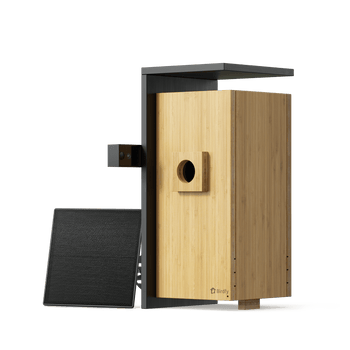
✅PROS
- Eco-friendly and renewable resource
- Lightweight and easy to work with
- Unique aesthetic appeal that blends well with garden designs
- Resistant to moisture when properly sealed
❌CONS
- Less durable than dense hardwoods
- Can be susceptible to cracking if not properly treated
- Requires specific conditions to avoid mold and pests
Cypress
Cypress is a moderately hard softwood renowned for its fine grain, pleasant aroma, and natural moisture-resistant and insect-repellent properties. Due to its durability and weather resistance, it is widely used for outdoor applications such as fences, decks, and birdhouses.
Certain cypress varieties grow slowly, making this premium wood moderately priced compared to common woods like pine. Cypress is relatively easy to cut and assemble, making it well-suited even for DIY birdhouse projects.
While cypress withstands heat and moisture, prolonged exposure to direct sunlight may cause its surface to weather and turn gray. Applying a protective coating helps preserve its natural golden hue and extends its lifespan outdoors.

✅PROS
- Naturally resistant to rot and insects
- Attractive grain patterns
- Good for outdoor use due to its durability
❌CONS
- More expensive than common woods like pine
- Heavier than cedar, which can complicate construction
Types of Wood Not Recommended for Birdhouses
- Plywood: Often treated with chemicals that can be harmful to birds; also less durable outdoors.
- Particle Board: Prone to water damage and does not hold up well in outdoor conditions.
- Pressure-Treated Lumber: Contains chemicals that can be toxic to birds and should be avoided for nesting boxes.
Final Buying Decision Recommendations
When selecting wood for your birdhouse, consider creating a comparison chart that outlines the features of each type of wood. This will provide a clear overview of the options available and help you make the best choice for your project.
|
Wood Type |
Pros |
Cons |
Best For |
|
Cedar |
Rot-resistant |
Higher cost |
Durable birdhouses |
|
Mahogany |
Beautiful reddish-brown color |
Heavier |
Budget-friendly, DIY projects |
|
Pine |
Softwood, Accepts paint |
Prone to rot and insect damage |
DIY projects |
| Bamboo |
Eco-friendly, Lightweight, Renewable resources |
Can warp without treatment | Natural, environmentally friendly backyard |
| Cypress | Durable | Heavier | Humid climates |
| Plywood | / | Harmful | / |
| Particle Board | / | Prone to water damage | / |
Continuing from the previous section, let's delve deeper into the considerations when choosing the right wood for birdhouses, along with some practical tips for construction and maintenance.
Detailed Considerations for Birdhouse Wood Selection
When selecting wood for birdhouses, in addition to the basic comparison chart provided earlier, it's essential to think about a few additional factors that can influence your decision:
1. Local Availability
Depending on where you live, certain types of wood may be more readily available than others. If you're committed to using a specific type of wood, check local suppliers to ensure you can source it easily.
2. Workability
Some woods are easier to work with than others. For instance, cedar is relatively soft and easy to cut, while hardwoods like mahogany may require more effort and specialized tools.
3. Finishing Options
Consider how you want your birdhouse to look. Some woods, like pine, take paint and stains well, allowing for creative expression. On the other hand, cedar and mahogany have natural beauty that might not require additional finishing.
4. Environmental Impact
If sustainability is a priority for you, look for woods that are certified as sustainable or consider using reclaimed wood. Bamboo, for example, is a highly renewable resource that can be a great eco-friendly option.
5. Cost vs. Longevity
While it might be tempting to go for the cheapest option, consider the long-term value of your investment. A more expensive wood, such as cedar or mahogany, may last significantly longer and require less maintenance compared to cheaper options like pine or plywood.
Practical Tips for Building Birdhouses
1. Design and Size
Ensure your birdhouse design is suitable for the species you want to attract. Different birds have specific requirements in terms of entrance hole size, floor space, and ventilation. Research the needs of local bird species before finalizing your design.
2. Ventilation and Drainage
Proper ventilation is crucial for maintaining a safe environment for nesting birds. Make sure to include small holes or gaps near the top of the birdhouse. Additionally, drill small drainage holes in the floor to prevent water accumulation.
3. Non-Toxic Finishes
If you choose to finish your birdhouse, opt for non-toxic paints or sealants. Avoid chemical treatments that could harm birds. Natural oils or stains can be a safer alternative.
4. Mounting
Consider how you will mount the birdhouse. It should be securely fastened to prevent it from swinging or falling during bad weather. Choose a location that provides some shelter from the elements while still giving birds easy access.
5. Regular Maintenance
After your birdhouse is in use, check it regularly for signs of wear or damage. Clean the house out at the end of the nesting season to prepare it for the next year and to prevent disease buildup.
Conclusion
Choosing the right wood for birdhouses is a significant decision that impacts the durability, safety, and aesthetic appeal of your creation. Cedar stands out as the best option due to its natural resistance to decay, insulation properties, and beauty. However, other woods like mahogany, pine, bamboo, and cypress can also be viable options depending on your specific needs and preferences.
By weighing the pros and cons of each type of wood and considering factors such as local availability, workability, and environmental impact, you can make an informed decision that best suits your birdhouse project.
By following these guidelines and utilizing this comparison, you can build a birdhouse that not only attracts feathered friends but also stands the test of time, contributing to the beauty and health of your local ecosystem. Happy bird housing!
Share


